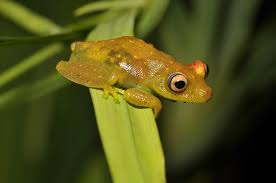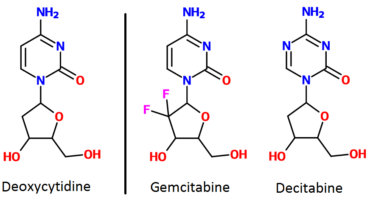Amphibian
amphibian Cold-blooded, or ectothermic, vertebrates in the class Amphibia. These include the frogs and toads (order Anura, or Salientia), salamanders and newts (order Urodela, or Caudata). Also the caecilians, limbless amphibians (order Apoda, or Gymnophiona). There are more than 11,000 species of amphibians, and they are believed to be the first vertebrate species to live on land.
Located between the fish and reptiles on the evolutionary scale. they are the most primitive of the terrestrial vertebrates and undergo a metamorphosis from water-breathing limbless larva (tadpole) to land-loving, or partly terrestrial, air-breathing four-legged adult.
Eggs are typically deposited in water or a wet protected place, although some do lay eggs in dry places. The eggs are not shelled and do not possess the membranes that are common in reptiles or higher vertebrates. Adults have moist skins with no scales or small scales. And they are specialized in living habitats. Each has its own evolutionary adaptations from the jumping ability (over 17 feet in some cases) of frogs and toads. To the limbless caecilians, to the long tails of the salamanders and newts.
For example, frogs can enter aestivation. A period of dormancy similar to hibernation, when experiencing long periods of heat or drought conditions. And they can breathe through their skin in a process called cutaneous gas exchange. The most poisonous frog known, Phyllobates terribilis, only needs 0.00000007 ounce of skin secretion to kill a predator. While an antibiotic secreted from the African clawed frog (Xenopus laevis) may someday be used to treat burns and cystic fibrosis.
History:
over the last 50 years, many species of amphibians around the world have declined markedly in numbers; some species have become extinct. In many instances, these declines are attributable to adverse human influences acting locally. Such as deforestation, draining of wetlands, and pollution.
However, in 1988, herpetologists (scientists who study amphibians) from many parts of the world reported declines in amphibian populations in protected, or pristine, habitats. Such as national parks and nature reserves, where such local effects could not be blamed. This suggested that there may be one or more global factors that are affecting climatic and atmospheric changes. And adversely affecting amphibians, such as increased UV-B radiation, widespread pollution, acid rain, and disease. In effect, the decline could be the result of human-induced changes to the global ecosystem. And could have far-reaching consequences for human survival.





